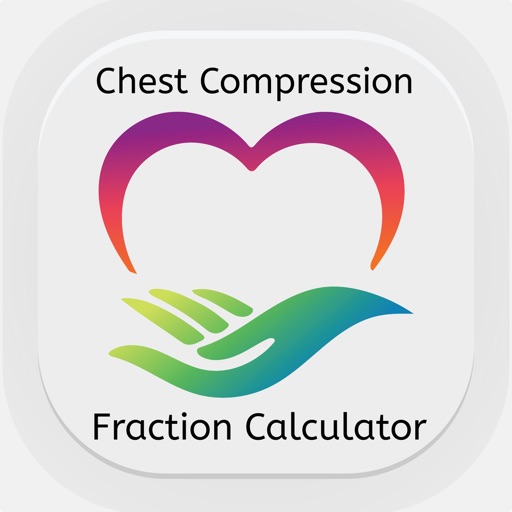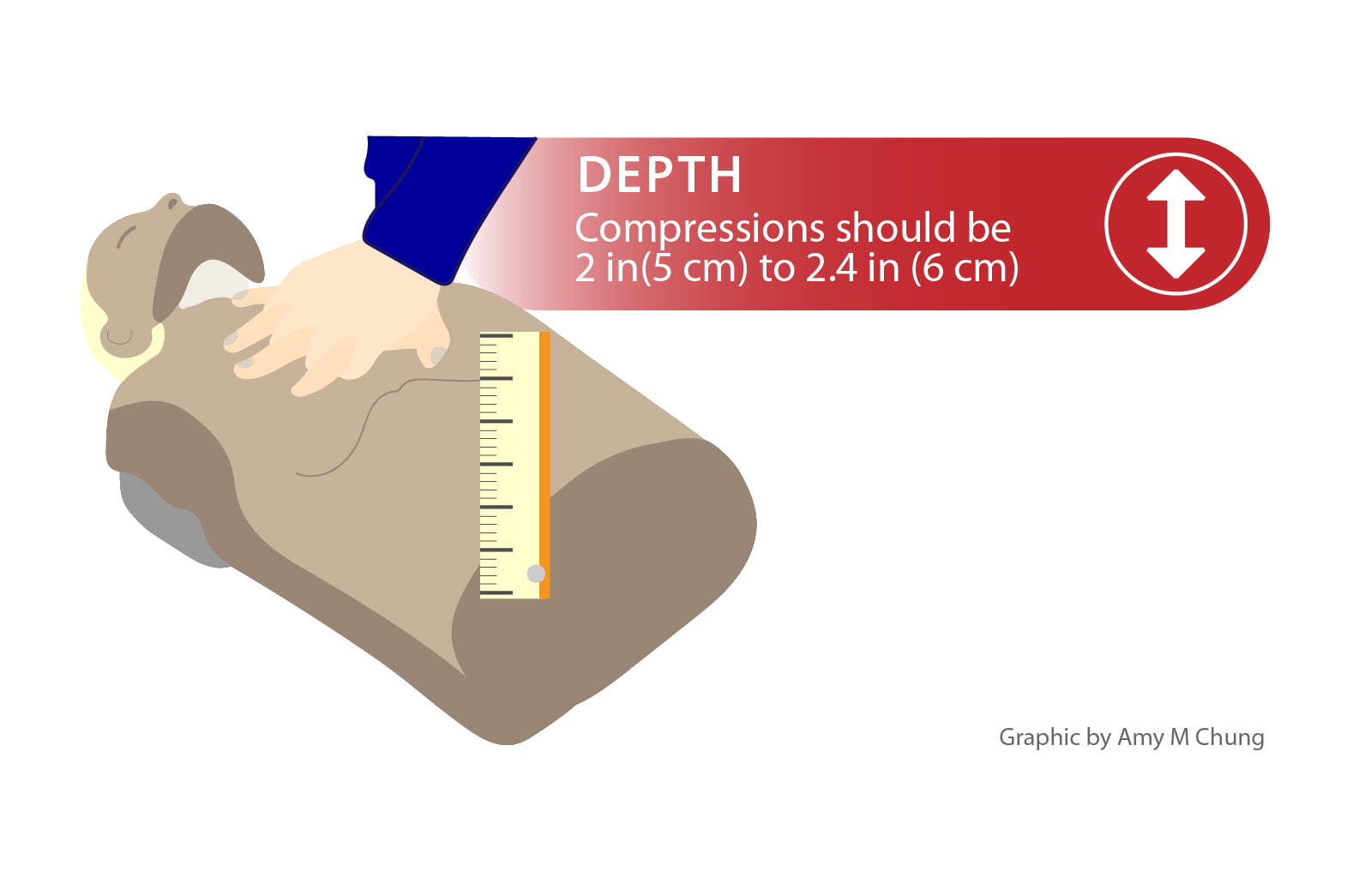
Source: Recommended Chest Compression Fraction and Achievable Goal understanding and properly implementing the appropriate compression ratio is a critical component of performing effective CPR and improving the chances of survival for those experiencing cardiac arrest. It is important to note that this ratio may vary slightly depending on the patient’s age and condition, so it is always best to follow the specific guidelines provided by your healthcare provider or training program. This ratio is recommended by healthcare providers and those trained in CPR as it has been shown to be effective in helping to maintain blood flow and oxygenation to the brain and other vital organs dring cardiac arrest. The compression ratio for CPR is 30:2, which means that for every 30 chest compressions, there should be 2 mouth-to-mouth breaths administered. By following these guidelines, healthcare providers can improve the chances of survival for patients experiencing cardiac arrest. Achieving a high CCF requires good communication and teamwork between rescuers and ensuring that chest compressions are performed continuously without interruption, except for the brief pause required to give breaths. It is recommended that healthcare providers and those trained in CPR achieve a CCF of at least 60%, with a goal of 80% often achievable with good teamwork. Rescuers should also ensure that they achieve the recommended compression rate and depth.Ĭhest Compression Fraction is a crucial factor in improving the outcomes of patients who experience cardiac arrest. It is essential to ensure that chest compressions are performed continuously without interruption, except for the brief pause required to give breaths. A study published in the Journal of the American College of Cardiology found that patients who received CPR with a CCF of at least 80% had a significantly higher survival rate than those who received CPR with a lower CCF.Īchieving the recommended CCF during CPR requires good teamwork and communication between healthcare providers. Research has shown that achieving a high CCF is asociated with improved survival rates for patients. This approach helps to maintain the recommended CCF, which is essential for the effective circulation of blood to vital organs. However, continuous chest compressions with asynchronous breaths usually are used. This means that after every 30 chest compressions, the rescuer should give 2 breaths.


When performing CPR on patients without advanced airways, the AHA recommends a 30:2 strategy. It is important to avoid excessive chest compression depths of greater than 2.4 inches. The AHA recommends that healthcare providers and those trained in CPR should perform chest compressions at a rate of 100 to 120 compressions per minute to a depth of at least 2 inches for an average adult. They help to maintain the circulation of blood to vital organs such as the brain and heart. During CPR, chest compressions are the most critical component of the resuscitation process.


 0 kommentar(er)
0 kommentar(er)
